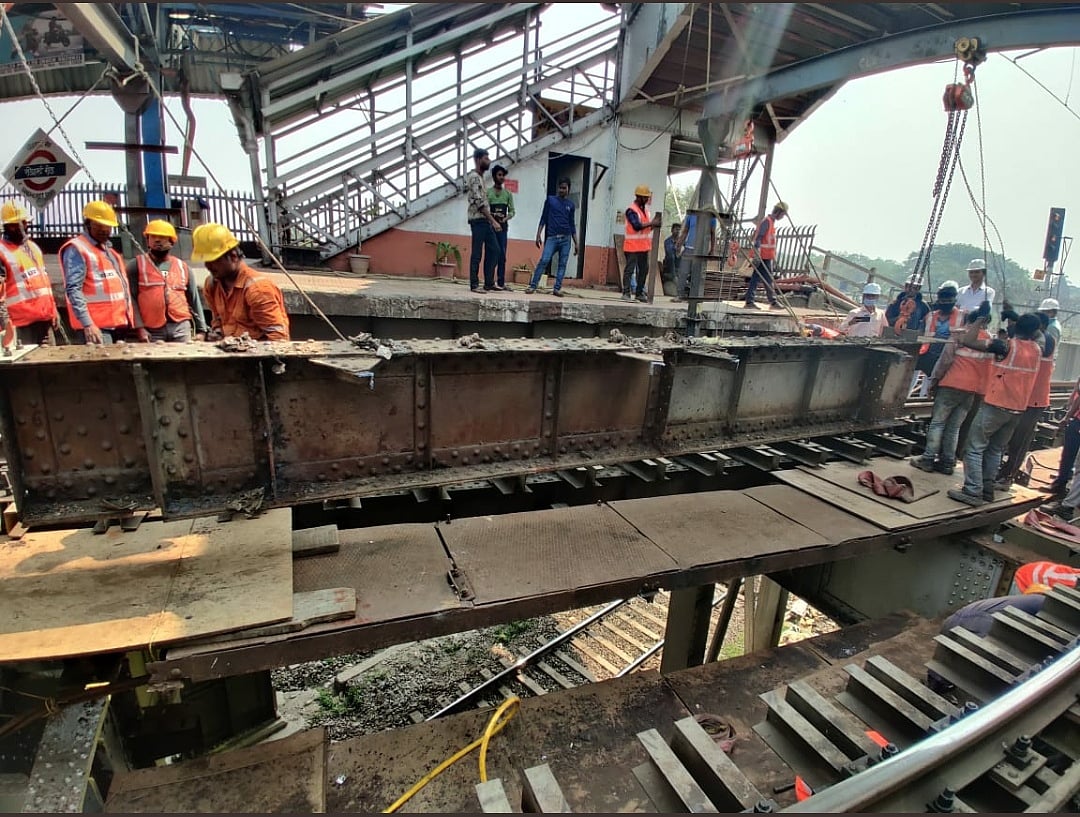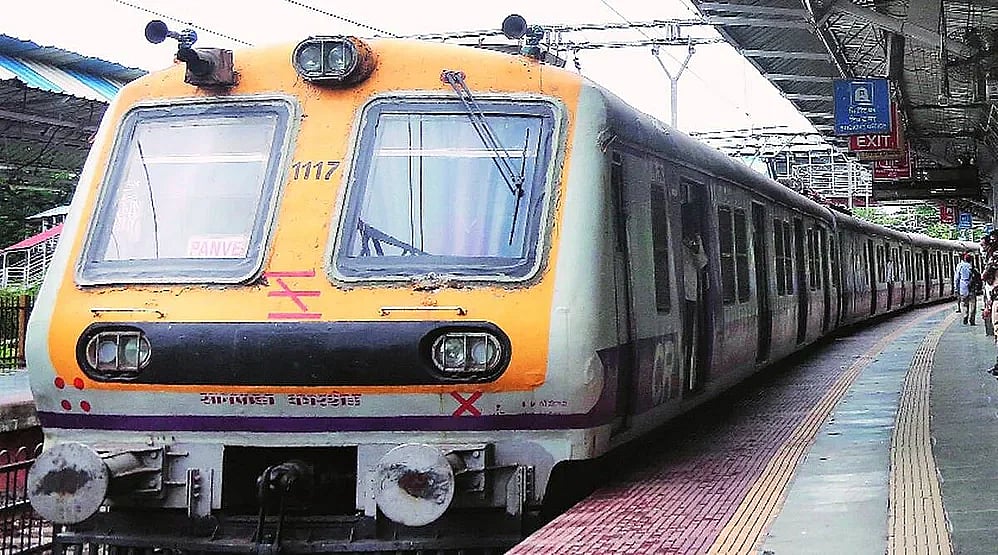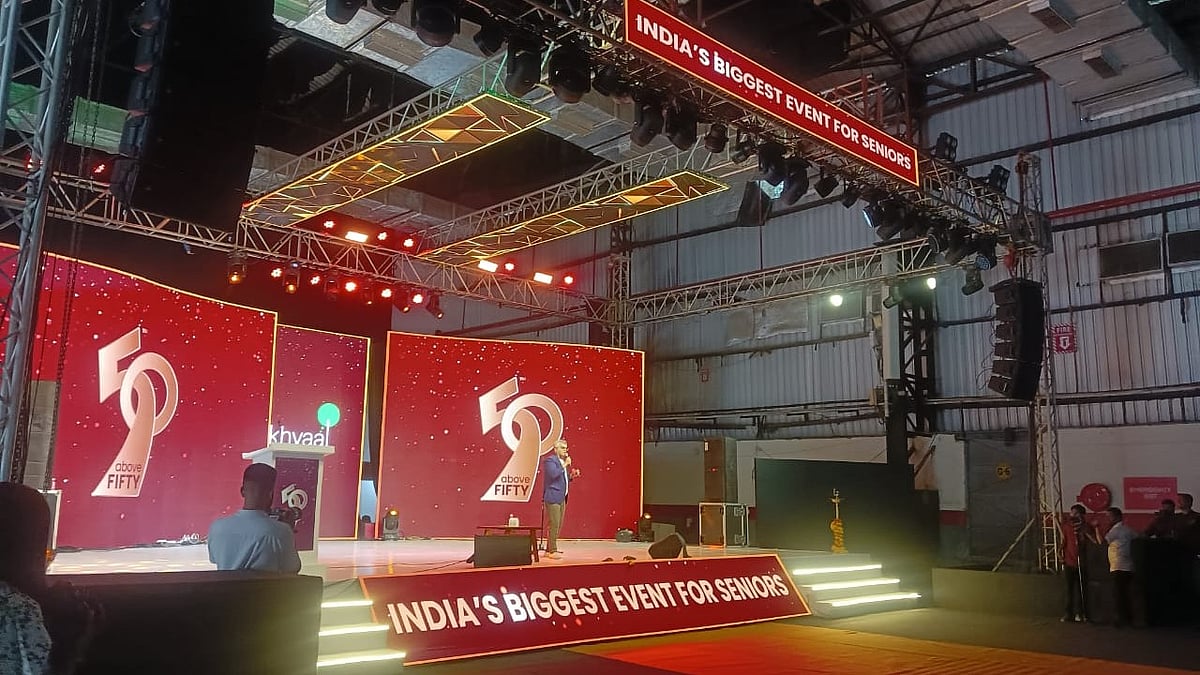The speed of trains and their movement will marginally improve on both Central and Western Railway lines during the mega block carried out on March 20 at Sandhurst Road and Jogeshwari. The rail authorities strengthened rail bridges passing over the ground at these two locations which had become rusty and corroded.
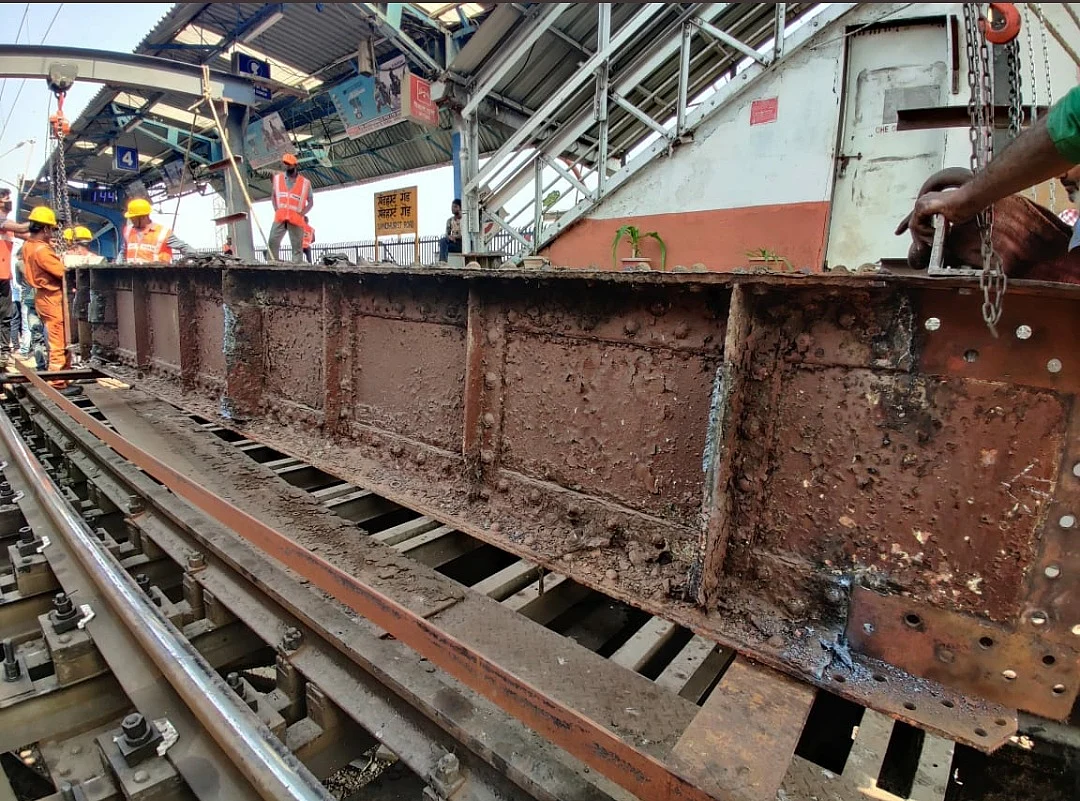
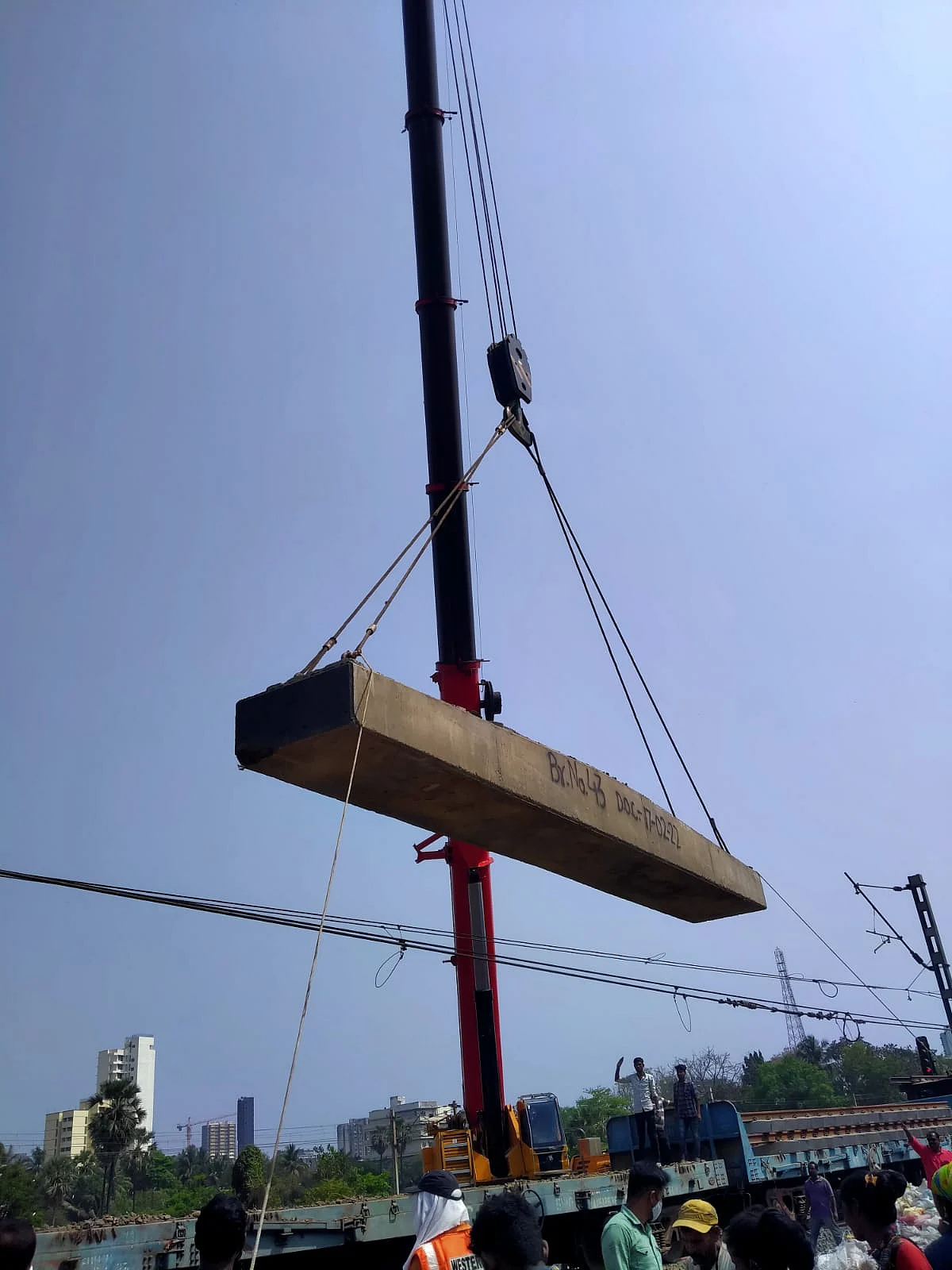
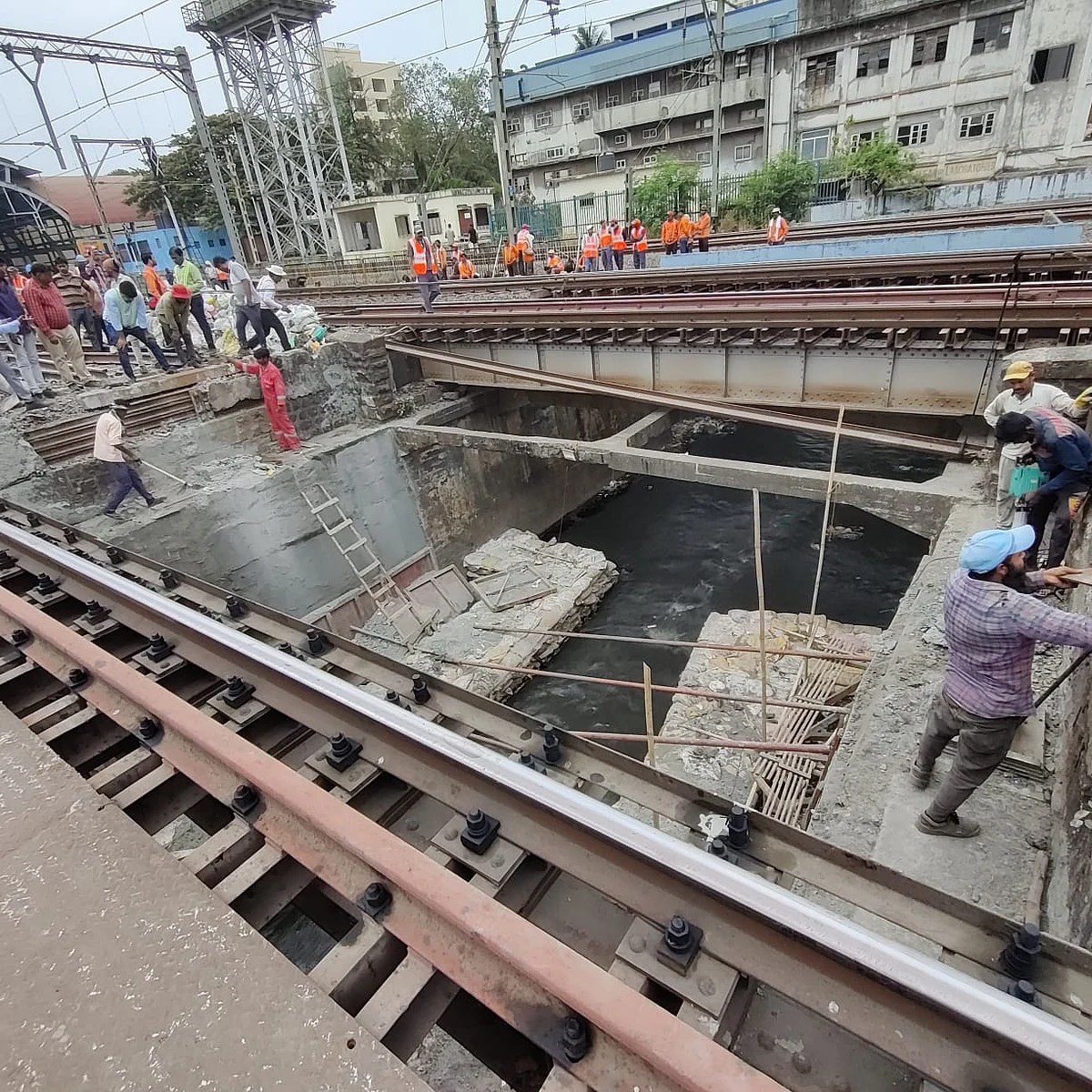
The works would not only mean an upgrade in the rail infrastructure but also smoothening the running of trains. Sources said that as the bridges have been strengthened, the trains can run faster thus reaching at least 30-45 seconds faster depending on the route and other circumstances.
For instance, the 100-year-old rail bridge at Sandhurst Road- Mumbai's first flyover rail bridge underwent regirdering in eight phases, the last being on Sunday.
The Central Railway undertook 8 Mega Blocks on the Harbour line for maintenance work in which regirdering of Sandhurst Road Bridge was carried out. According to CR officials, the bridge is about 100 years old that was constructed in 1923. It used to be a ballasted deck slab that was replaced by channel sleepers in 1987. It had corroded and required immediate attention and replacement.
"The last span of Wadibunder Viaduct on Harbour line was regirdered successfully and in total 8 spans of riveted plate girders whose conditions were not good due to heavy corrosion, were replaced by welded girders in these 8 mega blocks," said Shivaji Sutar, Chief PRO, Central Railway.
Owing to its condition, the trains too move with caution although there aren't any speed restrictions. The engineers explained that the approach was difficult as the weight of the girder was overall approximately 2,560 metric tonnes. The newly fabricated girders were brought from Wadi Bunder yard after placing over lorries by cranes and then rolled over track manually.
At the site, two portals were erected in which two chain pulleys each having a capacity of 5-tonne, were placed. The old girders were lifted and placed over another set of lorries and they were replaced by new ones.
This viaduct at Sandhurst Road station was constructed by the Britishers and has 39 spans with a total length of 480 meters. Moreover, as it is elevated in nature and is stationed over the four rail lines below, the work was critical.
"It was a big challenge as there was no approach path available for heavy machinery to de-launch old girders and launch new ones. Plus, we had to carry out this work without disrupting the rail traffic below on the CSMT-Kalyan route," added the CR official.
During the inspection, it was found that span numbers 28, 29, 30 and 30 had been corroded. It was therefore proposed to carry out regirdering of these spans at a cost of Rs 178 lakh in 2017. The preliminary works started from Nov 2021 in regular night blocks. Total 8 mega blocks of 5 hours each were taken to complete the regirdering work.
Likewise, the Western Railway carried out similar work between Jogeshwari and Ram Mandir stations. According to WR engineers, the steel girders over bridge number 43 had corroded.
"With a view to enhancing the safety and increase speed in train operations, Western Railway successfully undertook the regirdering work of Bridge No. 43 located at Jogeshwari. The existing steel girders on the Fast lane tracks have been replaced with PSC girders by undertaking a seven hours jumbo block on March 20," said Sumit Thakur, Chief PRO, Western Railway.
The two old steel girders of 9.15-metre length have been replaced with PSC girder slabs of 10.28-metre length on the two fast line tracks.
Earlier as these cement concrete sleepers were placed on steel girders of this bridge, there used to be friction. Moreover, the steel girders are prone to constant corrosion and deterioration due to the proximity to the sea, saline environment and humid weather, which reduces the life of steel bridges. Thus to enhance safety, the steel girders have been replaced with PSC girders to ensure durability and as it can withstand all weather.
